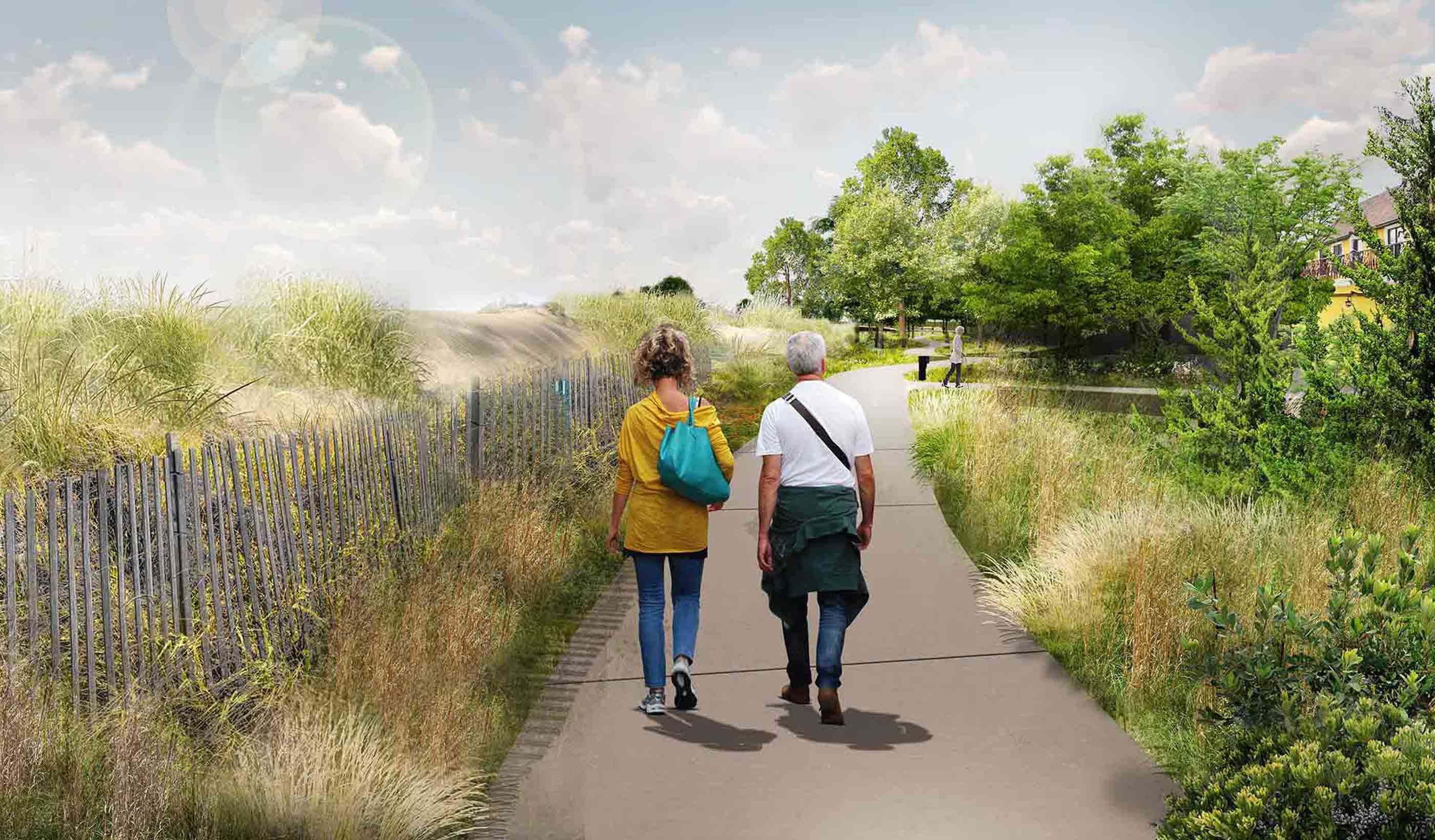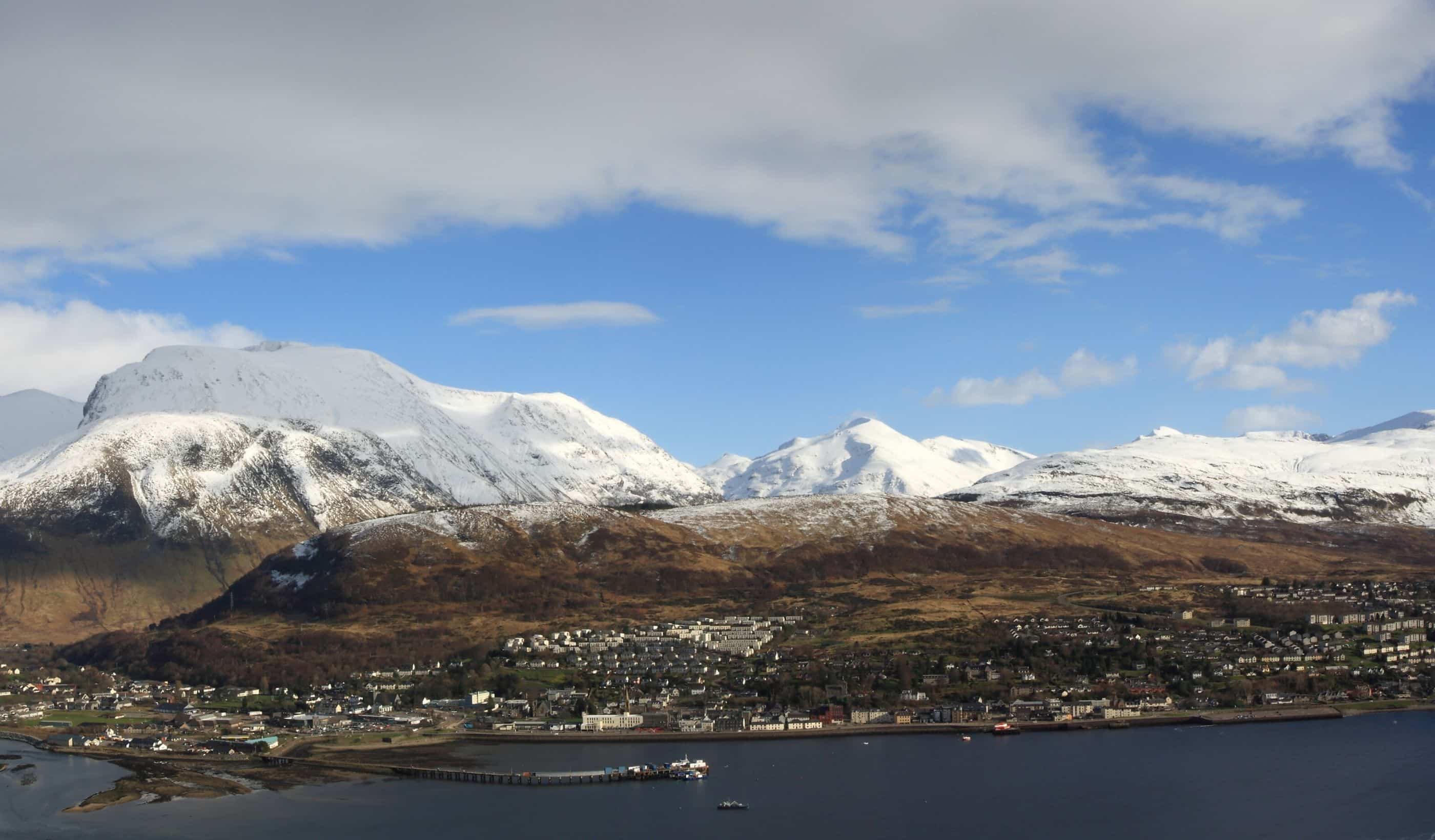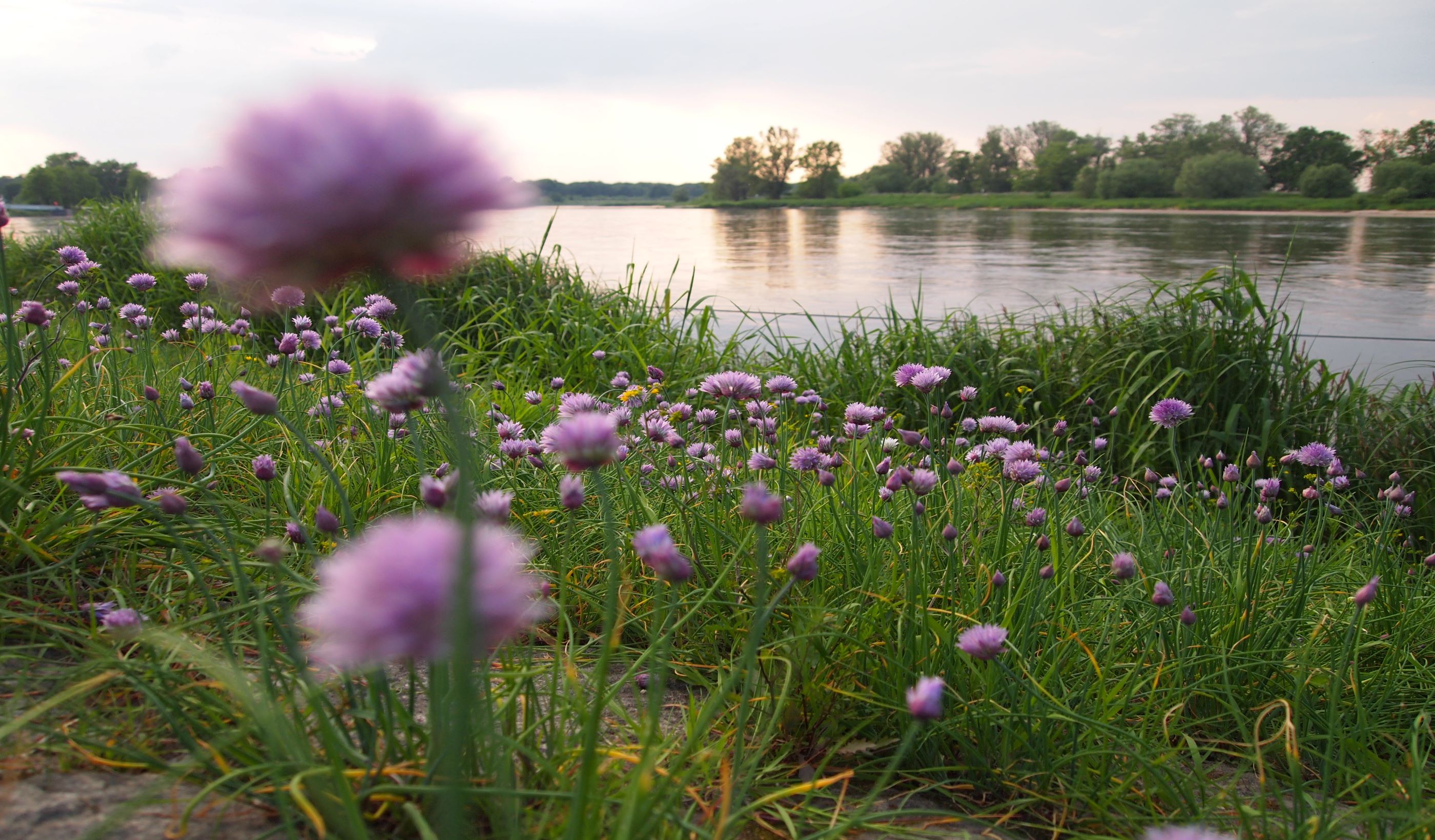At a Glance
-
2
Miles of Shoreline Restored
-
£32M
Construction Value
- Location
- Milton, Delaware
- Offices
-
- Location
- Milton, Delaware
- Offices
Share
Prime Hook National Wildlife Refuge Restoration
On the Delaware Bay, Prime Hook National Wildlife Refuge provides critical habitat for migratory birds and many species of fish and wildlife. The Refuge was hit hard by Hurricane Sandy, resulting in dramatic changes to the landscape. To protect the habitat from future storms, the United States Fish and Wildlife Service asked us to help.
Our job was to evaluate the physical impact of Hurricane Sandy and recommend an estimate of sand volume needed to build a protective beach barrier system. We determined the sand volume by conducting a topographic and hydrographic survey of the Refuge, and then developed a hydrodynamic and salinity model. The result? Approximately 1.1 million cubic yards of sand from an offshore borrow area needed to be placed along the shoreline, and a 40-foot-wide dune, 150-foot beach berm and back-bay marsh platform needed to be constructed. Our Nature-based Climate Solutions team also performed an evaluation of the project’s improved rate of carbon sequestration over 1,550 acres. The results of this analysis indicated that the site is capturing an additional 22,732 metric tons of carbon dioxide equivalents over a 30-year period through an increase in vegetated marsh area.
Through our work in the Refuge, we’ve established vital systems that will give this critical habitat the strength it needs to endure, adapt, and thrive in the face of future storms.
At a Glance
-
2
Miles of Shoreline Restored
-
£32M
Construction Value
- Location
- Milton, Delaware
- Offices
-
- Location
- Milton, Delaware
- Offices
Share
We’re better together
-
Become a client
Partner with us today to change how tomorrow looks. You’re exactly what’s needed to help us make it happen in your community.
-
Design your career
Work with passionate people who are experts in their field. Our teams love what they do and are driven by how their work makes an impact on the communities they serve.























